Barrio Seochon (서촌마을)
2.9Km 2024-04-18
Pirun-daero 45, Jongno-gu, Seúl.
Onmaeul (온마을)
2.9Km 2021-03-22
127, Samcheong-ro, Jongno-gu, Seoul
+82-2-738-4231
A place that sells dishes made with beans, which are good for the health. This restaurant's signature menu is pureed soybean stew. This Korean dishes restaurant is located in Jongno-gu, Seoul.
Oliva Garden (올리바가든)
2.9Km 2021-05-11
16, Jahamun-ro, Jongno-gu, Seoul
+82-2-733-3056
It is an Italian restaurant featured in a popular Korean drama. The best menu at this restaurant is steak. This Korean dishes restaurant is located in Jongno-gu, Seoul.
Halmaejip (할매집)
2.9Km 2017-02-01
1-5, Sajik-ro 12-gil, Jongno-gu, Seoul
+82-2-735-2608
Not like usual Gamjatang (pork back-bone stew), Halmajip’s Gamjatang uses only bean sprout and leek to make a refreshing soup taste along with red pepper powder, for a spicy flavor.
La Cucina (라 쿠치나)
2.9Km 2019-08-01
10, Hoenamu-ro 44ga-gil, Yongsan-gu, Seoul
+82-2-794-6005
La Cucina, located across from the main gate of the Grand Hyatt Seoul, is an Italian restaurant that opened in 1990. The kitchen of the restaurant is divided into five different sections each offering its own carefully selected cuisine. The main menu includes lobster spaghetti, Mediterranean seafood spaghetti and grilled lamb.
The restaurant offers over 700 bottles of wine from its cellar located in the basement of the restaurant. An in-house sommelier will assist you in choosing the best wine. At night, you may enjoy a fantastic view of the Namsan Seoul Tower while dining out on the terrace.
Hangeureut (한그릇)
2.9Km 2021-03-18
136, Samcheong-ro, Jongno-gu, Seoul
+82-2-720-5613
A store that also serves delicious meat noodles. The best menu at this restaurant is rice soup. This is a Korean cuisine located in Jongno, Seoul.
Nunnamujip (눈나무집)
2.9Km 2020-06-16
136-1, Samcheong-ro, Jongno-gu, Seoul
+82-2-739-6742
Nunnamujip is famous for a North Korean dish called, “Kimchi mari guksu”, which is a noodle dish in cold kimchi soup containing toasted laver, a boiled egg, and sesame. The soup is refreshingly cold and a little spicy. For “Kimchi mari bap”, a bowl of rice is put into cold kimchi soup instead of noodles. The taste is very unique. In addition to Kimchimari, “Tteokgalbi” is a popular dish on the menu as well.
The main restaurant is located in the basement, which has only limited seating capacity with a few tables. As a result, many people usually wait in line for lunch or dinner. A second franchise has opened in a three-story building across the street. To enjoy a quaint atmosphere, the first establishment is better, but the new one’s interior design is much more modern and fancier, giving it a fresh altering look.
Estación Cultural de Seúl 284 (문화역 서울 284)
2.9Km 2023-08-11
Tongil-ro 1, Jung-gu, Seúl.
El edificio de la antigua Estación de Seúl fue diseñado por Tsukamoto Yasushi, un profesor de la Universidad de Tokio. La construcción de la estación empezó en junio de 1922 y fue completada en septiembre de 1925. Debido a su particular tejado, la estación recibió mucha atención en sus primeros años. Después de la liberación de Corea, la estación paso de llamarse Estación de Gyeongseong a Estación de Seúl. Durante la Guerra de Corea, la estación fue parcialmente destruida, pero reconstruida de nuevo más adelante. Después de que Corea iniciase su período de industrialización, la parte sur y la parte oeste de la estación se unieron para dar cabida al incremento del movimiento ferroviario.
En 2004, cuando se construyó la nueva estación, la antigua quedó cerrada, pero después de su reconstrucción en 2011 fue abierta como espacio multicultural con el nombre de Estación Cultural de Seúl 284. El área más grande, la sala Jungang, sirve para albergar actuaciones, exposiciones y eventos, mientras que el segundo piso tiene una sala como lugar para actuaciones culturales, exposiciones, seminarios académicos y reuniones de negocios, entre otros.
Parque Waryong (와룡공원)
2.9Km 2022-05-02
Waryonggongwon-gil 192, Jongno-gu, Seúl.
Es un parque inaugurado en el año 1984, que se encuentra ubicado en el barrio de Myeongnyung-dong, distrito de Jongno-gu, Seúl. Lo encontrará bajando desde la roca Malbawi, por el camino de la Muralla de Seúl. En sus cercanías están ubicados los parques: Samcheong, Changgyeong, y el Parque Natural del Monte Bugaksan. Presenta la forma de un dragón acostado, que es de donde proviene el nombre “Waryong” (significa dragón acostado según los caracteres chinos).
La poca profundidad de tierra que tenía el parque dificultaba la forestación, por lo que solo disponía de algunas acacias. Pero mediante la participación de los ciudadanos en una campaña de plantar mil árboles, se ha logrado convertirlo en un parque verde y abundante.
En particular, en la época primaveral se cubre de flores de todo tipo: de la colza, del albaricoque, de la azalea, de la forsitia, etc., y consta de instalaciones deportivas como campo de bádminton, centro de aeróbics y gimnasio, entre otros.
Darakjeong (다락정)
2.9Km 2021-03-26
131-1, Samcheong-ro, Jongno-gu, Seoul
+82-2-725-1697
Darakjeong has been popular for a long time because of the simple taste of its traditional Mandu (Korean stuffed dumpling). Since its opening in 1991, tasty soup and scrumptious Mandu have been served. A fist-sized Mandu is fully packed with seasoned meat, bean-curd, and various vegetables. Its thick dough makes it chewy and delightful. For one person, “Manduguk”(boiled dumpling soup) is a good choice. The delicious and nourishing taste of Mandu goes well with the sweet, spicy, and fresh taste of the soup. Manduguk is served in a brass bowl which keeps the food warm while eating. For a large-size group, “Mandujeongol” cooked with various vegetables in a casserole is recommended. There are two types of Mandujeongol that have different tastes. The main characteristic of “Kimchi Mandujeongol” is its spicy flavor, which reminds people of the refreshing taste of Kimchi soup, and “Tojang Mandujeongol” expounds on the savory taste of bean-paste soup. Tojang means folk soybean-paste. “Nokdujeon”(a Korean pan-fried dish with green mung bean) is another famous dish at Darakjeong, which is pan-fried with a very light seasoning to emphasize the original taste of Nokdu (green mung bean). Salted oysters with hot pepper are served with Nokdujeon instead of soy sauce, which is a perfect match.
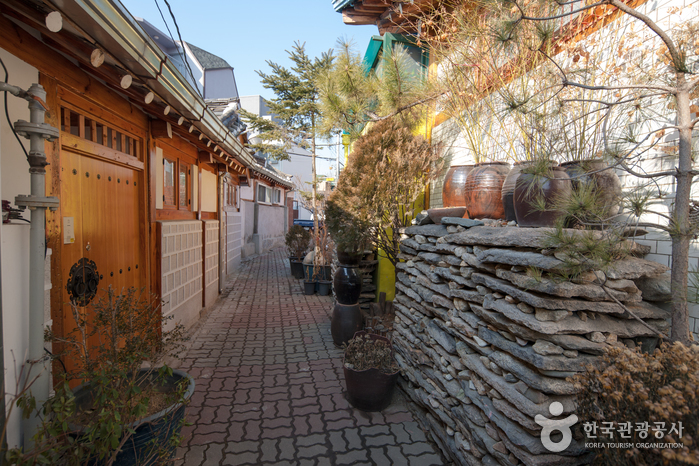

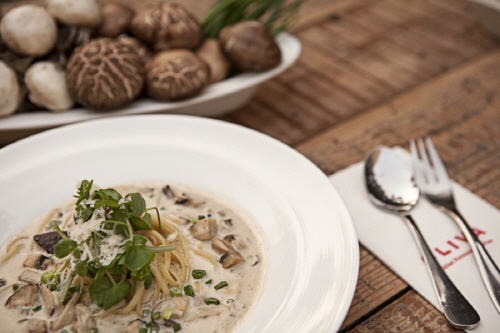
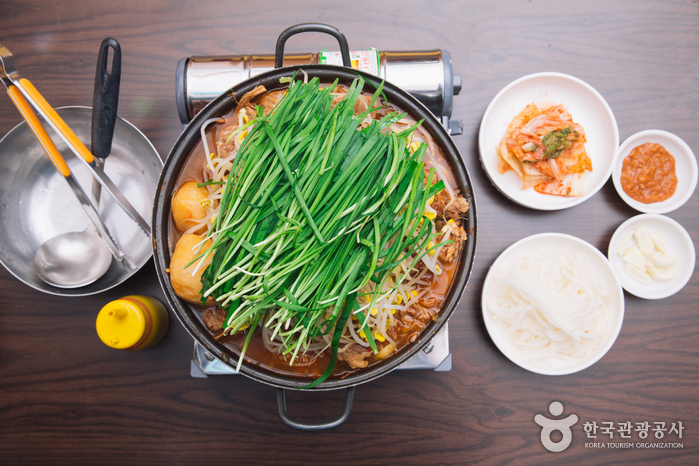
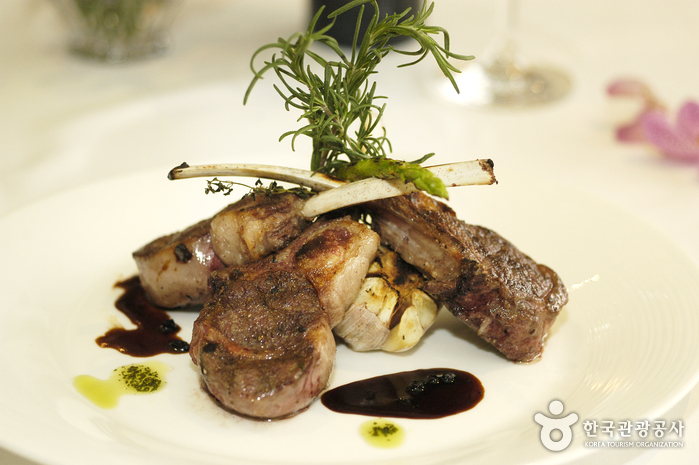
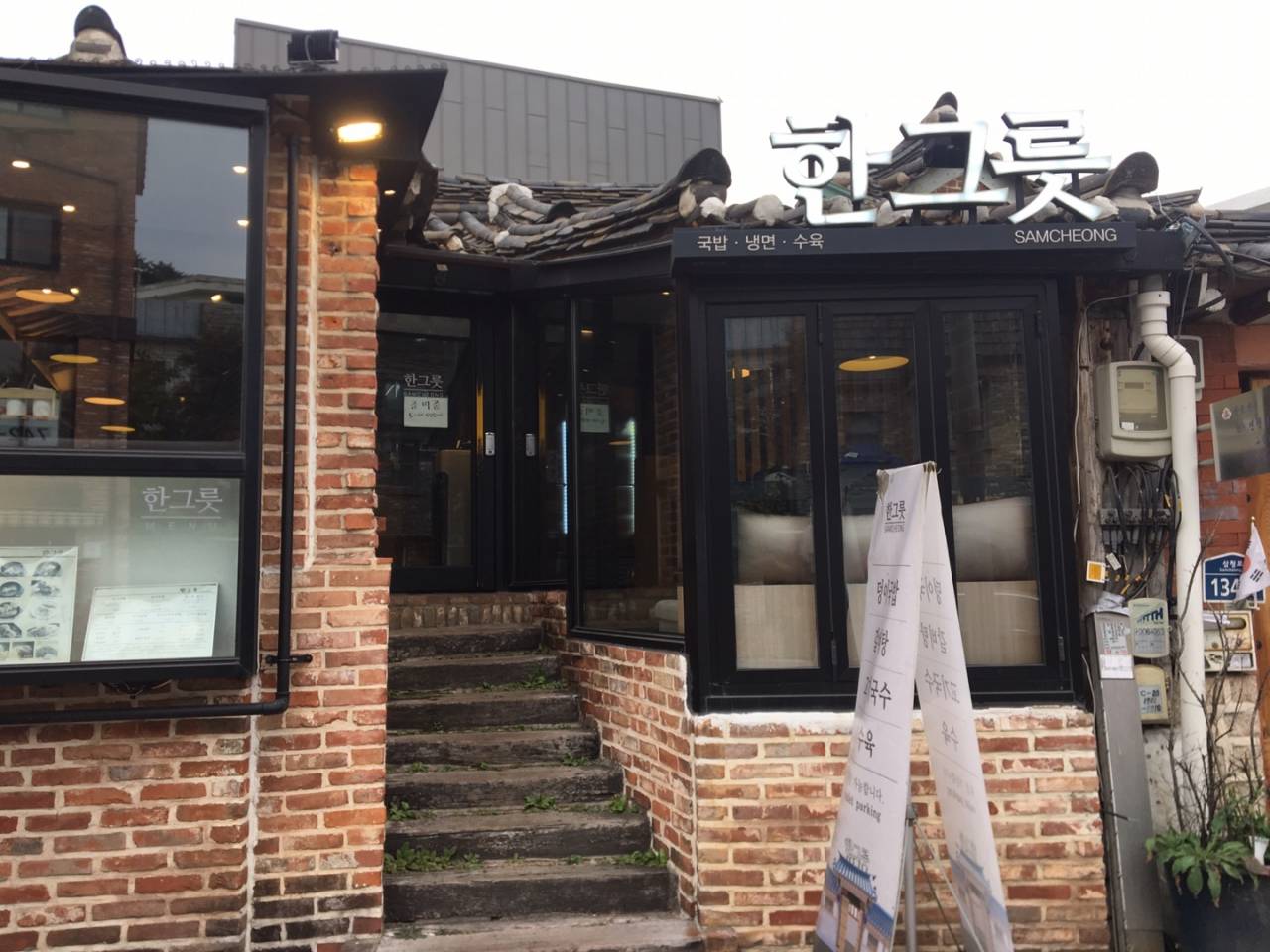
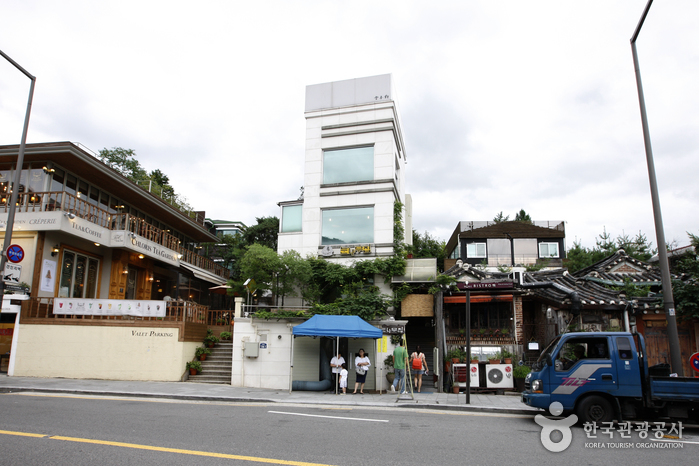
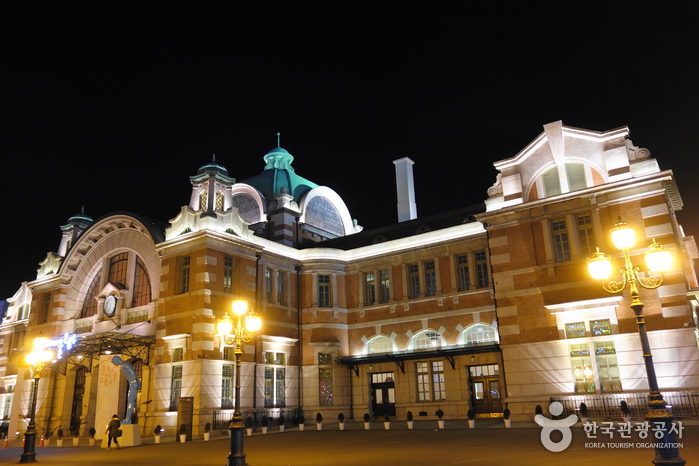
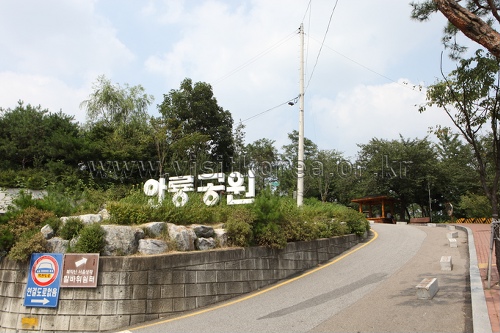
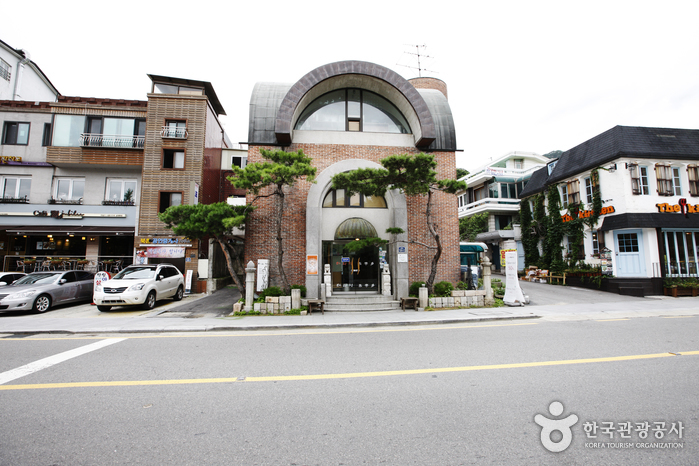
 Español
Español
 한국어
한국어 English
English 日本語
日本語 中文(简体)
中文(简体) Deutsch
Deutsch Français
Français Русский
Русский